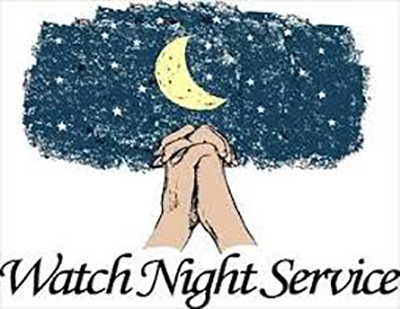Historians agree that the earliest record of the West African chattel, commonly called slaves, arrived in America in 1619. Two and a half centuries later President Lincoln brought this reprehensible sin to an end.
On New Year’s Eve in 1862, enslaved and free Black people waited in anticipation of freedom. The African American Registry summarized the event by writing, “Lincoln had used the occasion of the Union victory at Antietam to issue a preliminary proclamation, which freed all slaves in the rebellious states after January 1, 1863…” That was the “Emancipation Proclamation and it did not include freeing the slaves in the border states loyal to the Union.
That proclamation was a crucial step toward the 13th Amendment. While the Union victory came in April 1865, the 13th Amendment was not officially ratified until December of that year. That New Year’s Eve ignited the flame of freedom for all Black people. It was the birth of the annual tradition called “Watch Night”, also known as “Freedom’s Eve.” On that night, Black people across the nation gathered in churches and private homes, awaiting news that it had become law. Many of the folks gathering were slaves and had to be shrouded in secrecy. A.P. News service wrote, “were still legally enslaved as they assembled, sometimes in secrecy. “At the time, enslaved Black people could find little respite from ever-present surveillance, even in practicing their faith,” explains the National Museum of African American History and Culture. “White enslavers feared that religion, which was often used to quell slave resistance, could incite the exact opposite if practiced without observance.” For secrecy they gathered in the woods, where they practiced their faith under the cover of trees and brush in what became known as “Hush Harbors.”
The African American museum chronicled, “Many congregants across the nation bow in prayer minutes before the midnight hour as they sing out “Watchman, watchman, please tell me the hour of the night.’ In return the minister replies “It is three minutes to midnight’; ‘it is one minute before the New Year’; and ‘it is now midnight, freedom has come.’” The museum notes that the Watch Night worship services were followed by a big down home meal on New Year’s Day. The tradition features a dish called Hoppin’ John made of black-eyed peas, rice, red peppers, and salt pork, and it is believed to bring good fortune to those who eat it. To learn more, read Watch Night (Freedom’s Eve) by Rev. Dennis Oglesby
